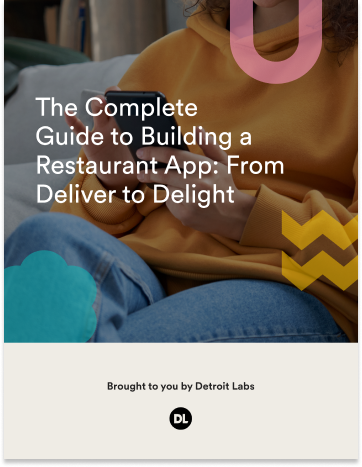Scroll down to read or save a copy.
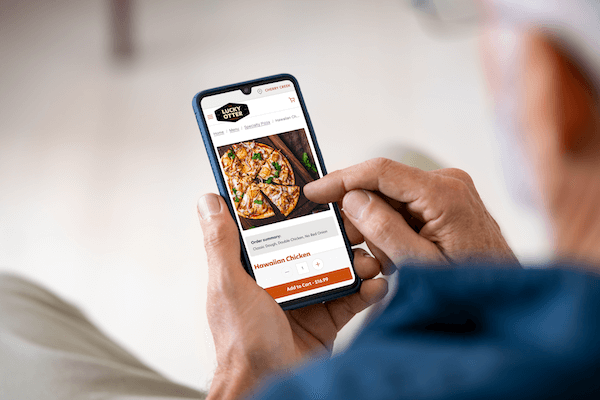
Restaurants today have it rough. It’s no longer just about scrumptious food, a pleasant atmosphere, and solid management. Customers also expect the convenience provided by technology, such as mobile- friendly websites, payment kiosks at the table, and all-inclusive restaurant apps. This technology has the potential to take restaurant management to a whole new level.
Add to that the burdens of a pandemic, and what do you get? A new perspective on the restaurant experience. From leveraging customer data to providing operational support, tech platforms are the key to driving the restaurant industry forward.
Restaurant owners and managers have to keep an “adapt-to-thrive” mentality going into the future. Customers are coming in loud and clear with what they want (and even expect) from a dining experience—from convenience in ordering and paying to takeout and delivery options. And it’s no wonder, either, because it’s easy to pull up a menu on a smartphone and place an order.
So how do you deliver these experiences? By launching your own restaurant app. We will walk you through the app-building process so you can get from delivery to delight.
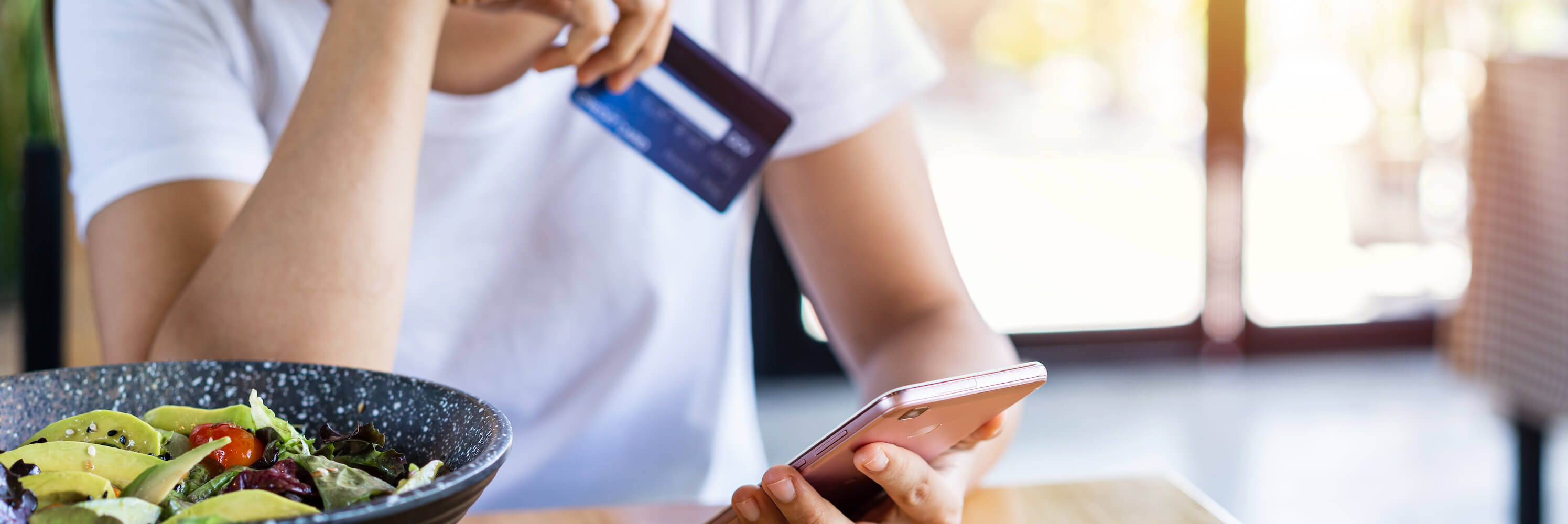
The first question is always, “Do I need a restaurant app?” Short answer: yes. But you can’t just throw spaghetti at the wall to see what sticks, either. Determine how to develop an app and glean insights from it by using the data to your advantage.
Recently, customer interactions with the restaurant industry have gone through massive changes. These changes are largely based on technology and the health concerns surrounding COVID-19.
Restaurants cannot ignore the benefits of using dining tech. Nowadays, consumers don’t consider tech a nice-to-have feature. Instead, they expect it, and restaurant apps even influence their behavior.
When consumers have the freedom to order online or in an app, they spend more money compared to dining in. In fact, 25 percent of consumers spend more on off-premises orders compared to dine-in, and 34 percent spend up to $50 per order. Why not splurge on that appetizer or dessert when doing so doesn’t extend a visit?
People like convenience. It’s easier to opt for delivery over choosing a restaurant and getting the whole family ready to go out. And the cherry on top is getting perks just for ordering. Discounts and deals influence Americans’ out-of-home dining choices more than expected: 77% say a deal would make them more likely to choose to dine out. Tie your loyalty or punch-card programs into your app, and you’re golden.
Since COVID-19 hit the U.S., customers have changed their dining habits out of caution. They ask, “Does this restaurant have a mask requirement?” or, “Are there capacity limits?” According to the National Restaurant Association, most people still prefer to eat off-site. This preference is only exacerbated by the emergence of COVID-19 variants.
COVID-19 sent consumers to food delivery apps in droves, with more than 44 million users in the U.S. alone. But big-name services eat into profits, and in a time when the industry is suffering, even consumers would rather order directly from restaurants and cut out the middleman.
Once you have your app, you gain even greater customer insights. That’s because data is king, and when you pull information from your ordering platform, you unlock new ways to learn about customers and optimize your operations based on their needs.
When your restaurant can examine purchase and eating habits or even see the average order total, you can give your customers what they want. Maybe that means a coupon for a future order or a spotlight on a particular dish. Whatever the tactic, guests know you understand them.
With customer data, you get far more than just, “Karen Jones ordered chicken fettuccine in January.” You also get big-picture data that ties back to operations. With insights into total orders for each day and peak ordering times, you can pivot to plan for high volumes and adjust staffing. And with cumulative data, you see which dishes are customer favorites, making it easier to order ingredients.
Out with the old, in with the new restaurant model. Restaurants have greatly enhanced their offerings with drive-through, takeout, and delivery options—with digital orders for carry-out growing 130 percent. If you’re online, you are meeting modern consumers where they are.
We’re already redefining what restaurants are, and that will only continue as new needs and technologies transform the industry.
Flash forward to 2030: Most takeout and delivery orders will be placed online or in-app. And that’s not just because it’s easier or safer. Although baby boomers and Generation X grew up without technology, millennials, Generation Z, and Generation Alpha are tech-oriented and will demand solutions to order, pay, rate the experience, and provide their preferences.
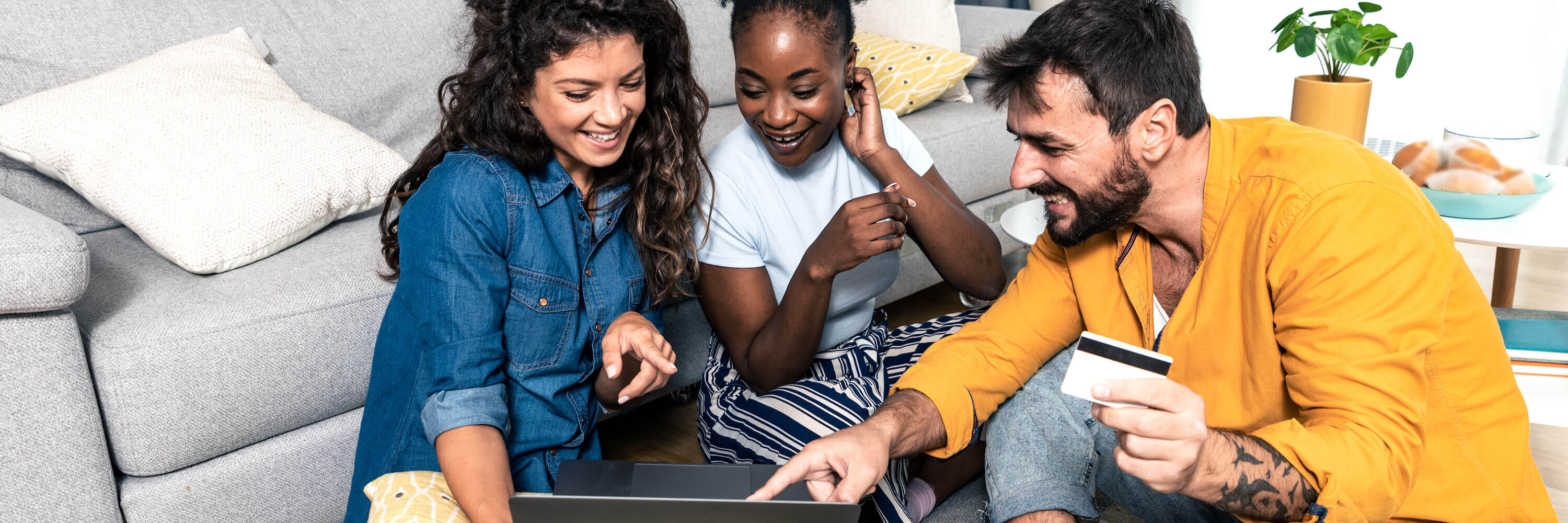
“So I just sign up with GrubHub, right?” Well, maybe—if that suits your needs. But you have options! Many restaurateurs stick with the order-only third-party model, but white-label solutions may be a more comprehensive option. Consider the pros and cons of each.
On the customer side, the typical go-to solutions come from big-box ordering platforms: DoorDash, Uber Eats, or GrubHub. That’s because they are prevalent and provide a wide range of options.
But consider both sides:
White-label restaurant app services provide alternatives to big names and put restaurants in the driver’s seat. There are many options in this category, but they are lesser known because they operate in the background or in conjunction with your website. White-label services such as Square, Toast, and Olo provide a different experience for customers and restaurants.
Of course, order-only and white-label ordering solutions can be beneficial, but they don’t fit everyone’s needs. If you need more customized features, your best bet could be to design and build your restaurant app from scratch.
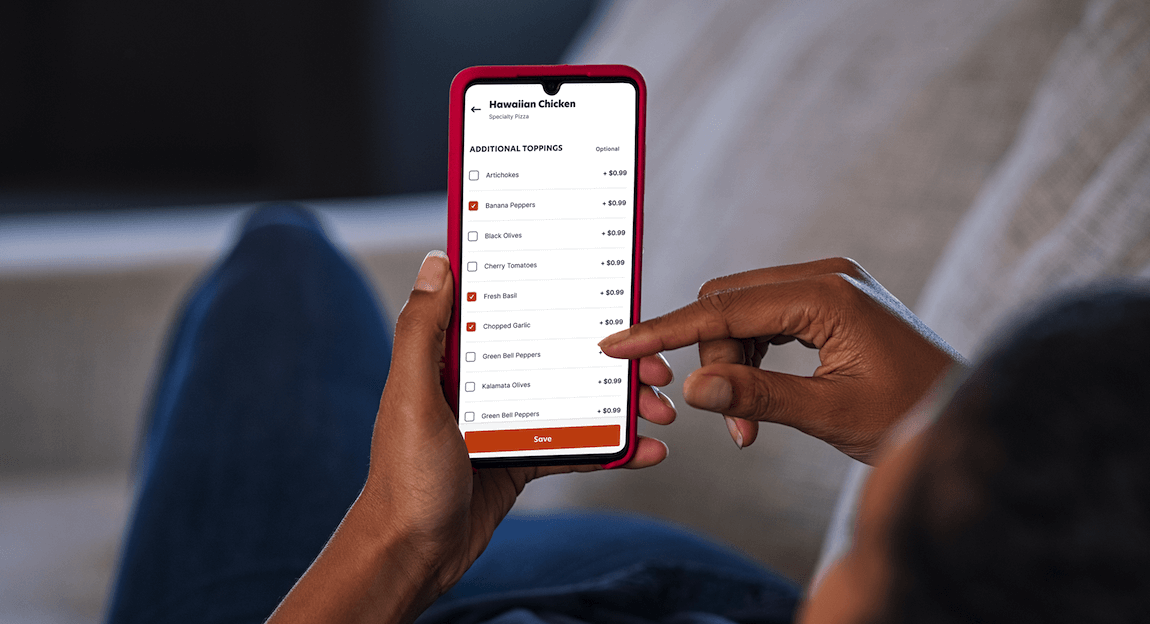
Custom-built solutions not in the cards right now? Octocart is your customized out-of-the-box alternative.
Detroit Labs has over a decade of experience designing and building custom applications in the restaurant space and beyond. Octocart is a responsive e-commerce platform for our clients seeking an alternative path to online ordering while still offering the type of brand experience custom does.
From defining your needs to pulling in your restaurant’s branding, Octocart makes your website and app feel like custom experiences. Just provide guidelines and specifications to ensure the experience aligns with your brand—such as logo, fonts, and colors—and connect your point-of-sale (POS) system to pull in menu items in real time. The best-fit restaurants for Octocart have several locations and a simple feature set, and we will register or transfer your domain so that everything works correctly.
When it comes time to launch, what does Octocart do for you, and what do you need to facilitate? It takes a little work from both sides.
Once your app is launched through Octocart, it takes on new life. But that doesn’t mean your platform stops improving. When the software updates, Octocart provides security patches to ensure seamless functionality—so as the system evolves, your restaurant benefits from new features.
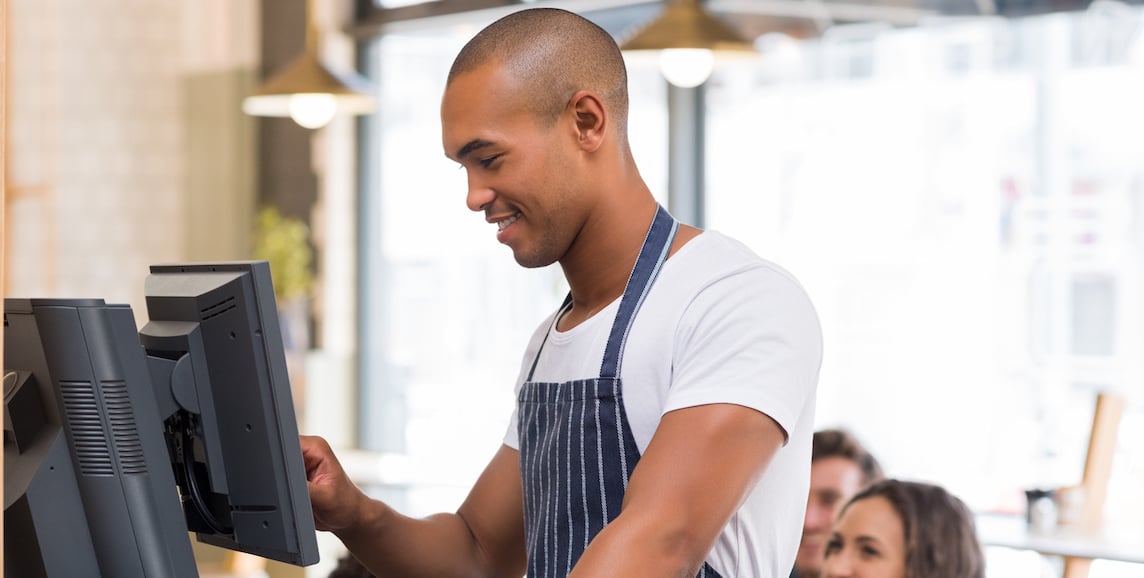
Octocart sits between order-only and white-label solutions as a happy medium. Restaurants get just enough customization without too much heavy lifting or overhead.
When you trust Octocart as your restaurant ordering solution, your operation benefits in numerous ways, including an enhanced customer experience and improved customer privacy.
When you own your customer data, it’s easier to connect and foster relationships. How often do they order? What do they order? You can tailor recommendations or incentives based on this information.
Give the people what they want, and what they want is flexibility. When customers can order for pickup, curbside, delivery, or even catering, you meet their diverse needs and preferences.
It’s a drag when customers can’t pay the way they want. In fact, this could chase some customers away. But with Octocart, they can use coupon codes and pay with debit cards, credit cards, or gift cards.
Pinch and zoom? Nuh-uh. As it should be in the 2020s, customers can easily use Octocart-aided apps on any mobile device. They get everything they need, neatly laid out for optimal performance.
Stop promoting a third-party service in your ordering solution. Octocart’s CMS incorporates your brand standards to act as a reflection of your restaurant.
It’s important to protect customer privacy. Octocart is Payment Card Industry (PCI) compliant, keeping payment information secure. As a result, customers never have to worry about identity theft or payment fraud.
While Octocart is ideally suited for restaurant owners, it’s not all we offer. We love partnering with clients to strategize, design, and build the apps that move their business forward.
Are you thinking that full-scale custom development is a better fit? That’s our bread and butter, and our virtual door is wide open for business.
